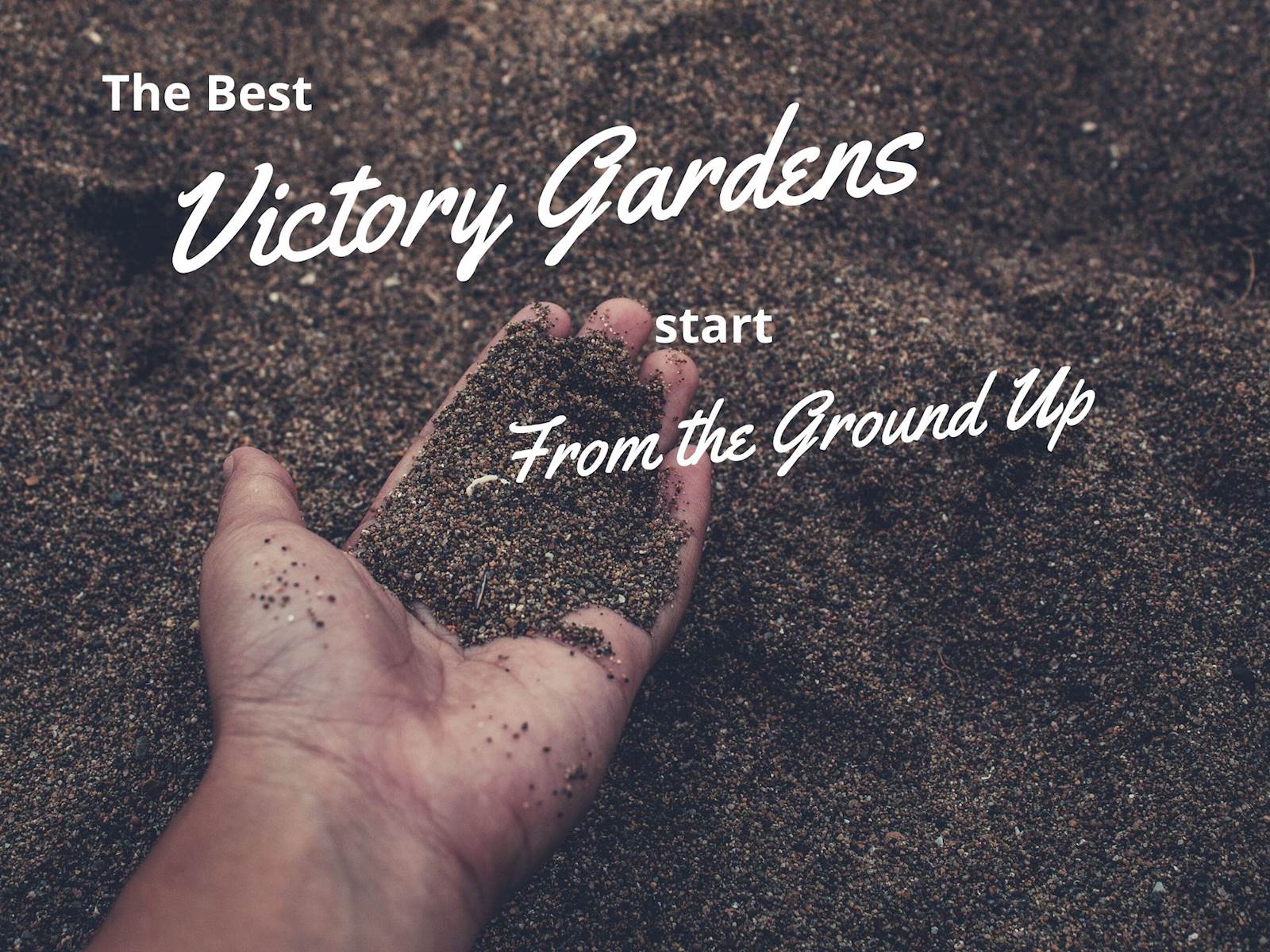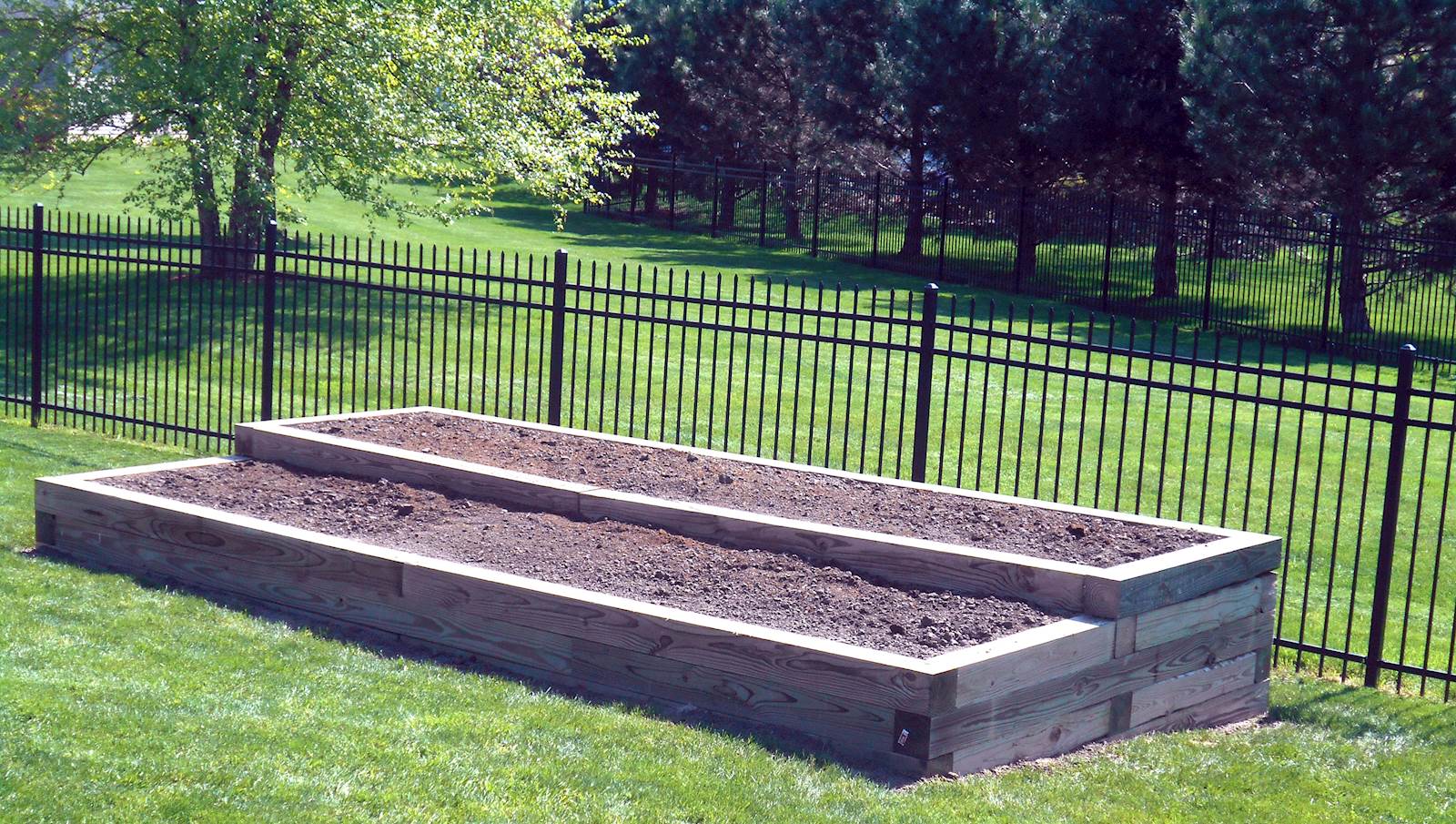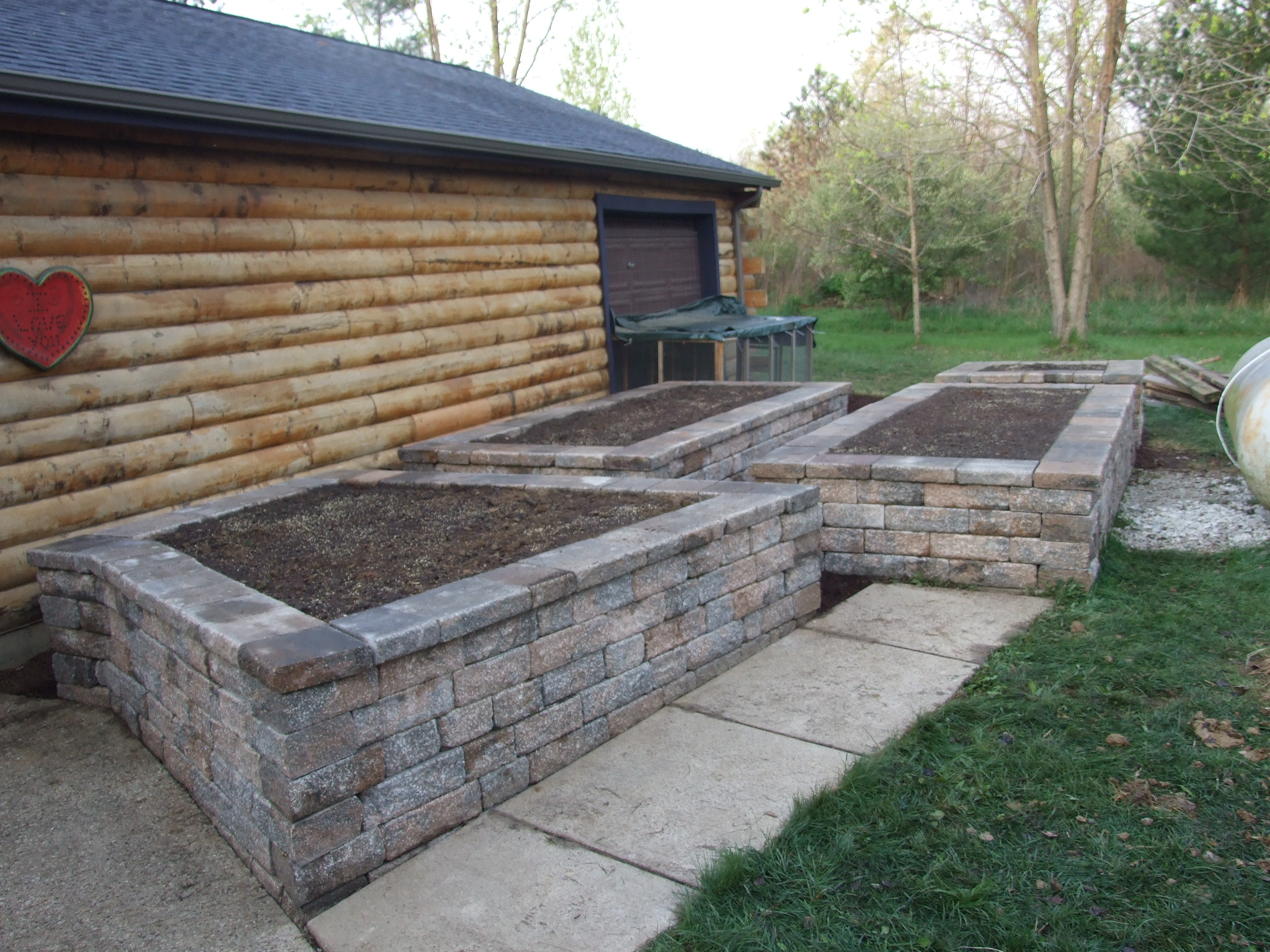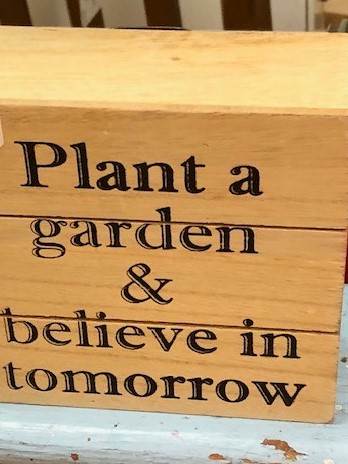 During the pandemic of 2020, the year seemed year similar to during World War II in the fact that Victory Gardens were popular. In 2020 we called them "COVID-19 Victory Gardens."
During the pandemic of 2020, the year seemed year similar to during World War II in the fact that Victory Gardens were popular. In 2020 we called them "COVID-19 Victory Gardens."
Whether a pandemic or non-pandemic year, grow your own food and grow enough to share with others. It’s a great project to do while you’re at home where you can stay safe in your own yard.
If you’re new to planting a garden, you may be wondering how to do it the right way.
It’s best to plant your garden after the danger of frost has passed. In the Midwest, we’re in Zone 6, and frost danger usually ends by early to mid-May. So now is the best time to get your garden plot ready. The preparation is important to have a good crop of vegetables.
 Lots of sun and great soil are a good start to a Victory Garden.
Lots of sun and great soil are a good start to a Victory Garden.
What does it take to start a new garden plot? Here are some guidelines:
Location: Pick a location that gets full sun (at least 6 hours), as veggies don’t grow well in the shade. The location also needs to have a source of water that is easy to get to and use.
Size: Decide what vegetables you want to plant. Research how much room those items will take to grow to maturity to decide on the size garden plot to install. Be sure to allow enough spacing between plants as they grow.
What You'll Need to Super-Charge Your Soil:
- Compost-peat moss
- Sand
- Topsoil
- Slow-release fertilizer
What to do:
- Remove the Grass: The sod/grass needs to be stripped off the area to allow the vegetables’ root systems to take hold
- Till the area: Break up the soil until it is soft and crumbly. This creates a nice bed for your young plants.
- Enrich the soil: Add peat moss, compost (composted manure), sand, and apply a slow-release general fertilizer to the entire area per label directions.
- Till the area again: You may have to do this a couple of times to grade it out nicely. That will even out the nutrients in the soil.
- Plant your vegetables. Follow the directions on the plant or seed labels. Be sure not to plant them too close together. Loosen the roots before placing them in the hole. Cover the roots with soil.
- Water: Keep an eye on the soil and plant conditions and water as needed and weed often.
- Keep critters away with fences or nets.
Make it Easier:
Call us to build a raised garden to keep pests out (and save your back!)
 Raised gardens can keep critters out (and save your back!)
Raised gardens can keep critters out (and save your back!)
Don’t Forget the Flowers:
Every garden needs to have a border of flowers to just enjoy. Some flowers like marigolds can keep pests away. English lavender is a nice border plant too as they are deer and rabbit resistant- and planting them on the edge helps keep them out of the vegetable garden. Flowers are great to keep yourself and give to others, along with some of your vegetable harvest.
Yes, it's a lot of work to start a garden. But the payoff is worth the effort. Need help getting your victory garden ready? Give us a call and we help get the garden ready so all you will have to do is plant. We can strip the sod and haul it away and get the area tilled and amended. Just send us an email with the dimensions you are thinking of and maybe a picture of the area and we can easily give you an estimate. Once the site is prepared, the next year will be much easier.
Get Help With Your Victory Garden
.jpg)
You can find all the supplies and expertise at Designer Landscapes. Give us a call and we'll make a plan for your Victory Garden!
Email Patty or Email Bobby